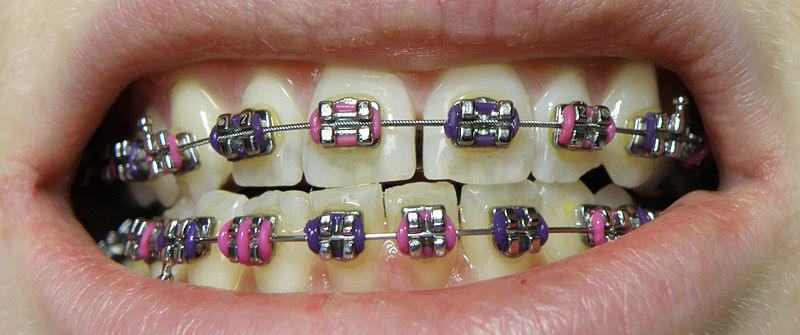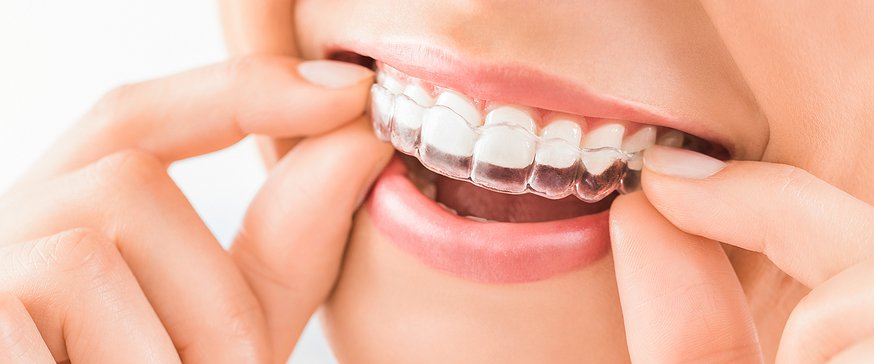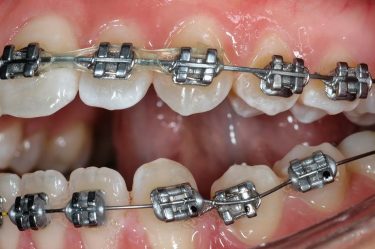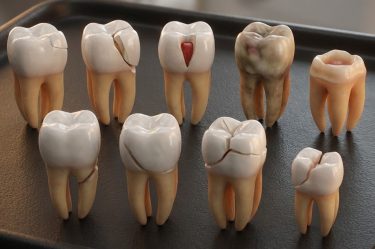Braces vs Clear Aligners: A Comprehensive Comparison for Dental Professionals

Braces vs Clear Aligners: As dental professionals, providing orthodontic treatment options for patients with teeth and jaw misalignments is essential for improving oral health and overall quality of life. With advancements in dental technology, multiple treatment options have emerged, including traditional fixed orthodontics and clear aligners.
Braces vs Clear Aligners: Do Clear Aligners Work Better Than Braces?
This article offers a comprehensive comparison of fixed orthodontics and clear aligners, highlighting their pros and cons to help dental professionals make informed decisions when recommending orthodontic treatment to their patients.
Fixed Orthodontics: Traditional Braces
Understanding the Basics of Fixed Braces
Fixed orthodontics, commonly known as traditional braces, involve the use of brackets, archwires, and bands to apply continuous pressure on the teeth, gradually moving them to the desired position. Brackets can be made of metal, ceramic, or composite materials, while archwires are typically made of stainless steel or nickel-titanium alloy.

Advantages of Fixed Orthodontics
- Versatility: Traditional braces are capable of treating a wide range of orthodontic issues, from mild to severe cases.
- Customization: Brackets and wires can be adjusted and customized to fit the specific needs of each patient.
- Predictability: Fixed orthodontics have a long history of successful outcomes and are a reliable option for orthodontic treatment.
Disadvantages of Fixed Orthodontics
- Aesthetics: Metal braces can be conspicuous and may be less appealing to patients concerned about their appearance.
- Oral Hygiene: Maintaining proper oral hygiene can be challenging, as food particles can become trapped around brackets and wires, increasing the risk of dental issues such as cavities and gum disease.
- Discomfort: Brackets and wires can cause irritation to the soft tissues in the mouth, and adjustments during treatment may result in temporary discomfort.
Clear Aligners: A Modern Orthodontic Solution
Exploring the Clear Aligner Treatment Approach
Clear aligners, such as Invisalign, are a modern orthodontic solution that uses a series of custom-made, removable plastic trays to gradually shift teeth into their desired positions. Patients wear each set of aligners for a specific period, typically one to two weeks, before moving on to the next set in the series.
Advantages of Clear Aligners
- Aesthetics: Aligners are virtually invisible, making them an attractive option for patients concerned about their appearance during treatment.
- Removability: Clear aligners can be removed for eating, drinking, and oral hygiene, making it easier for patients to maintain proper dental care.
- Comfort: Aligners are made of smooth, flexible plastic, eliminating the discomfort associated with brackets and wires.

Disadvantages of Clear Aligners
- Limited Treatment Scope: Clear aligners may not be suitable for severe or complex orthodontic cases, as they have limitations in tooth movement capabilities.
- Compliance: Treatment success relies heavily on patient compliance, as aligners must be worn for at least 20-22 hours per day.
- Cost: Clear aligners are often more expensive than traditional braces, which may be a deciding factor for some patients.
Treatment Selection: Factors to Consider for Dental Professionals
When deciding between fixed braces and clear aligners, dental professionals should consider the following factors:
- Severity of the Case: Evaluate the complexity of the patient’s orthodontic issue to determine whether clear aligners can provide effective treatment or if fixed orthodontics are more suitable.
- Patient Compliance: Assess the patient’s willingness and ability to comply with treatment requirements, such as wearing aligners for the recommended hours per day and maintaining proper oral hygiene.
- Aesthetic Concerns: For patients who prioritize aesthetics during treatment, clear aligners may be a more appealing option compared to traditional braces.
- Oral Hygiene: If a patient struggles with oral hygiene, clear aligners may provide an easier solution, as they can be removed for cleaning and do not have brackets or wires that can trap food particles.
- Cost and Insurance Coverage: Evaluate the patient’s financial situation and insurance coverage to determine which treatment option may be more affordable or covered under their dental plan.
Latest Facts and Figures: Comparing Treatment Modalities
- Effectiveness: Recent studies show that clear aligners can be as effective as fixed orthodontics for mild to moderate cases when patients comply with treatment requirements.
- Treatment Time: Treatment duration can be similar for both options, depending on the complexity of the case and patient compliance.
- Patient Satisfaction: Patients generally report higher satisfaction with clear aligners due to their aesthetics, comfort, and ease of oral hygiene maintenance.
Frequently Asked Questions (FAQs)
- Which orthodontic treatment option is faster, fixed orthodontics, or clear aligners? Treatment duration depends on the complexity of the case and patient compliance. In general, both options can have similar treatment times, depending on individual circumstances.
- Are clear aligners as effective as fixed orthodontics? For mild to moderate cases and with proper patient compliance, clear aligners can be as effective as fixed orthodontics. However, for more severe or complex cases, traditional braces may be a more suitable option.
- Can clear aligners treat all types of orthodontic issues? Clear aligners are effective for treating mild to moderate orthodontic issues but may not be suitable for severe or complex cases that require more extensive tooth movements.
- Do fixed orthodontics cause more pain than clear aligners? Patients may experience some discomfort with both treatment options, but fixed orthodontics can cause more irritation to the soft tissues in the mouth due to brackets and wires.
- How do I know if a patient is a good candidate for clear aligners? Consider the complexity of the patient’s orthodontic issue, their compliance with treatment requirements, aesthetic concerns, oral hygiene habits, and financial situation when determining if clear aligners are a suitable option.
- How often should patients visit the dental office during clear aligner treatment? Patients undergoing clear aligner treatment typically visit the dental office every 4-6 weeks for progress monitoring and aligner adjustments.
- Can adults undergo orthodontic treatment with fixed orthodontics or clear aligners? Yes, both fixed orthodontics and clear aligners are suitable for adult patients seeking orthodontic treatment.
- Are there any dietary restrictions during orthodontic treatment with clear aligners? As clear aligners are removable, there are no specific dietary restrictions. However, patients should remove their aligners while eating and drinking anything other than water to prevent staining and damage to the aligners.
- Can patients with dental implants undergo orthodontic treatment with clear aligners? Patients with dental implants can undergo orthodontic treatment with clear aligners, but treatment planning and case selection should be carefully considered to ensure the best possible outcome.
- How can dental professionals stay up-to-date with the latest advancements in orthodontic treatment options? Continuing education courses, professional conferences, and staying informed through dental journals and professional organizations can help dental professionals stay current with the latest advancements in orthodontic treatment options.
Conclusion
As dental professionals, it is our responsibility to stay informed about the latest advancements in orthodontic treatment options and provide the best possible care to our patients. By understanding the benefits and limitations of both fixed orthodontics and clear aligners, we can make informed recommendations to help our patients achieve their desired treatment outcomes.
Continuing education and staying up-to-date with the latest research will ensure that we can continue to provide exceptional care and promote optimal oral health for our patients. For any need of orthodontic instruments visit Dentalkart.




No Comment